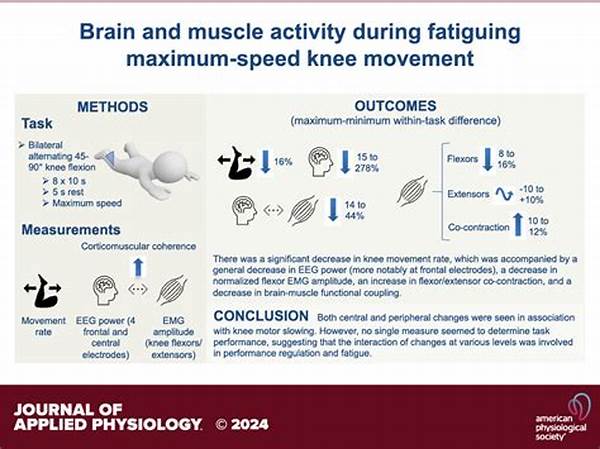The Physiology Of Speed in The Body

Imagine being able to sprint faster than a cheetah or outpacing lightning itself. Speed is an exhilarating concept, fascinating both the athletes striving for Olympic glory and the everyday person set on improving their jog to a sprint. The physiology of speed in the body unveils a stunning world where muscles, nerves, and bones dance in a perfectly synchronized symphony. Are you ready to unlock this breathtaking journey? Prepare to dive into the world of high-octane action within your own body.
Read More : How To Serve Fast In Table Tennis
Your body: it’s not just a collection of bones and tissues, but rather a finely tuned machine capable of explosive energy that can be harnessed for speed. Like a meticulous clockmaker, nature has created an intricate mechanism where each component has its role in producing speed. Let’s embark on this journey to understand what makes you faster, stronger, and unstoppable!
The Science Behind Speed: Unveiling the Secrets
To understand the physiology of speed in the body, one must first appreciate the dynamic interplay between the muscular, nervous, and skeletal systems. Fascinating research suggests that it isn’t just about one-off wonders like Usain Bolt, but rather a universal blueprint within us all.
Muscular Dynamics: The Engine Room
Muscles are the workhorses of speed. They contract and relax in harmony, turning chemical energy into mechanical power. This process involves the fast-twitch muscle fibers, which are primarily responsible for quick bursts of strength and speed. These fibers contract rapidly and powerfully, although they tire quickly compared to their slow-twitch counterparts.
Developing these fast-twitch fibers is essential for sprinters and athletes, giving them that explosive start and maintaining high speeds for short durations. So, to gear up your speed potential, understand the magic happening within your muscle fibers.
Nervous System: The Command Center
It’s not just about muscle power. The body’s neural highways play a pivotal role in dictating speed. Your brain and nervous system coordinate muscle movements at lightning-fast speeds, processing sensory input and executing motor output in milliseconds. This rapid communication ensures that muscle contractions are synchronized and efficient, maximizing speed output.
Fuel for the Journey: Nutrition and Energy
Speed is not just about muscles and nerve signals; it’s about fueling the powerhouse within. The physiology of speed in the body demands an efficient energy system to support rapid movements.
Energy Systems: Powering Speed
The body relies on its energy systems to sustain speed. This includes the ATP-PC system, glycogen-lactic acid system, and the aerobic system. The ATP-PC system, in particular, provides immediate energy for short, powerful bouts of speed, highlighted in activities like short sprints.
To keep these systems operating efficiently, nutrition plays a critical role. A diet rich in proteins and carbohydrates ensures that athletes have the necessary building blocks and energy reserves for speed.
Read More : Basketball Rules And Basic Offensive Strategies Explained
Training and Adaptation
Embracing speed isn’t just an innate gift; it’s a trained skill. Athletes engage in rigorous training programs designed to fine-tune their physiological processes. High-intensity interval training (HIIT) and plyometrics are popular methods to boost speed, targeting both muscular power and neural efficiency.
Key Components of Speed: A Detailed Analysis
Understanding the intricacies behind speed doesn’t stop at systems and energy. There are fundamental components that influence how fast one can go.
The Role of Genetics
Genetics also plays a key role in speed potential. Certain genetic markers have been associated with a propensity for either endurance or speed, creating natural predispositions for particular athletic capabilities.
Rounding Up: The Magic of Speed
In conclusion, the physiology of speed in the body is a testament to the brilliance of human anatomy and functionality. While the potential varies, the innate ability to harness speed is intrinsic to everyone. By understanding and optimizing the factors that contribute to speed, one can unlock new levels of performance.
Pushing Boundaries
Through targeted training, nutritional strategies, and recovery, individuals everywhere can push boundaries and break personal barriers. Whether it’s breaking that personal record in running or merely the joy of a faster commute, speed remains an exhilarating gift.
Embrace this knowledge, take action, and speed your way to achieving remarkable feats. The world of speed is at your fingertips—ignite the engine within, and let it roar!



